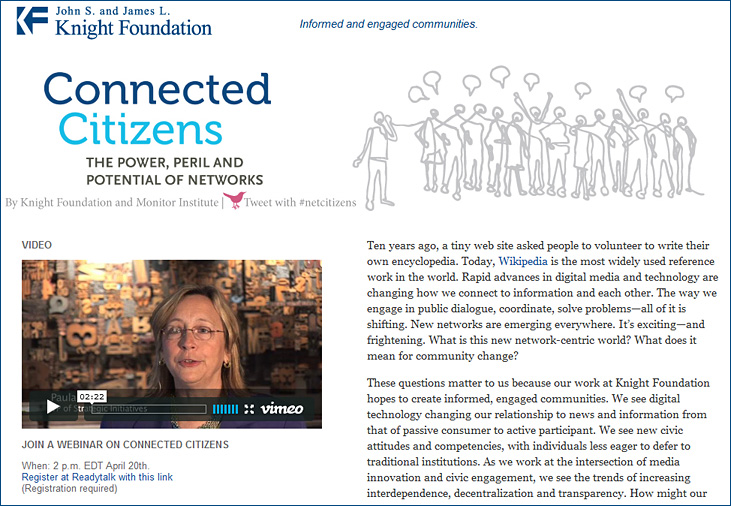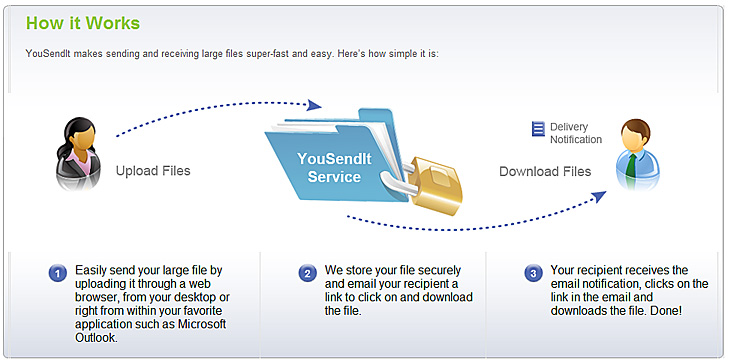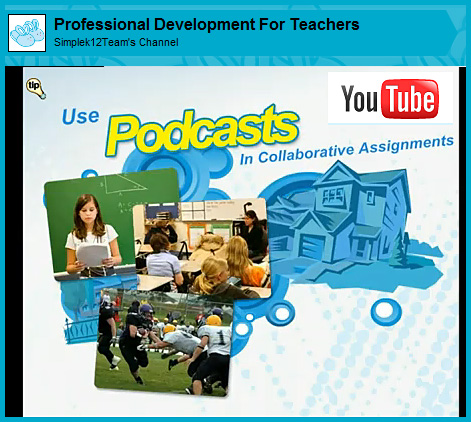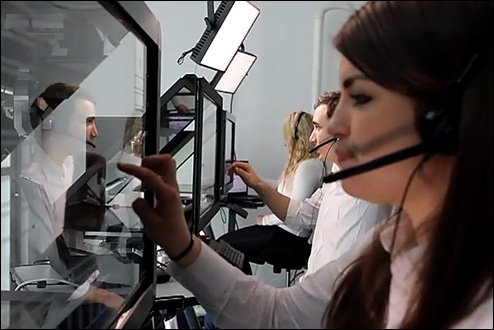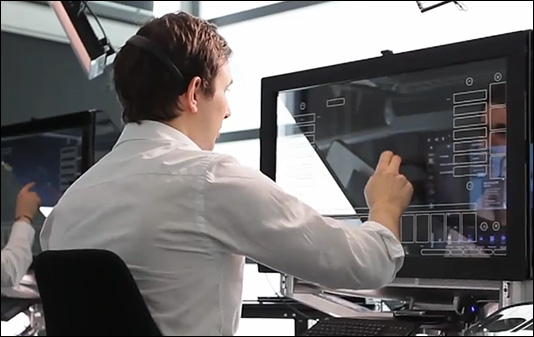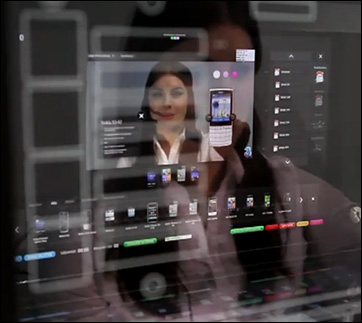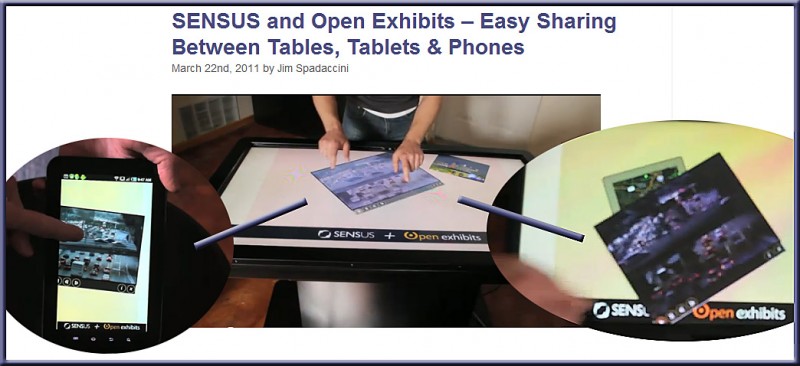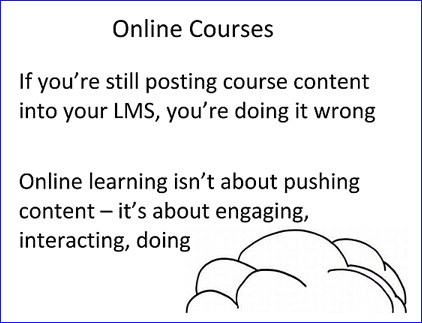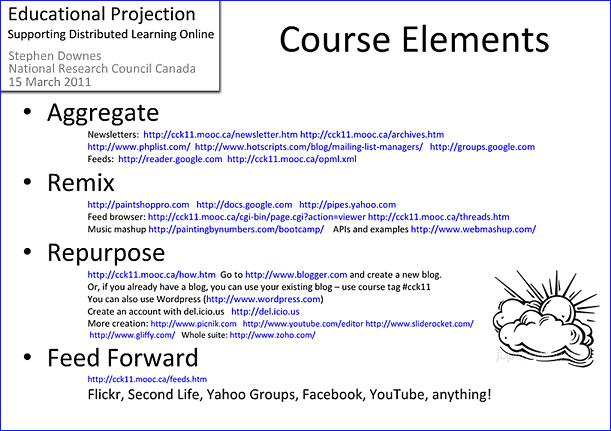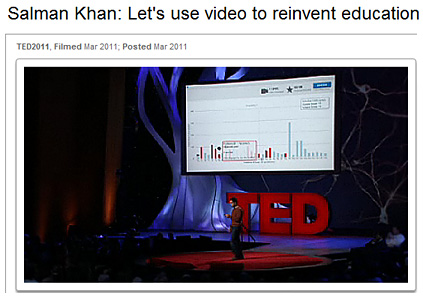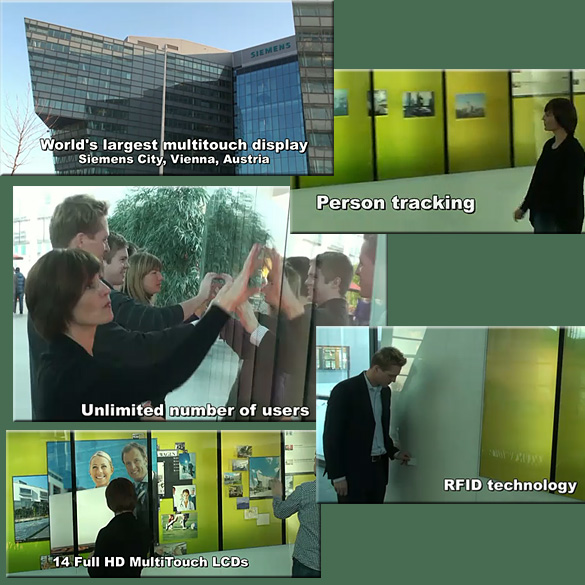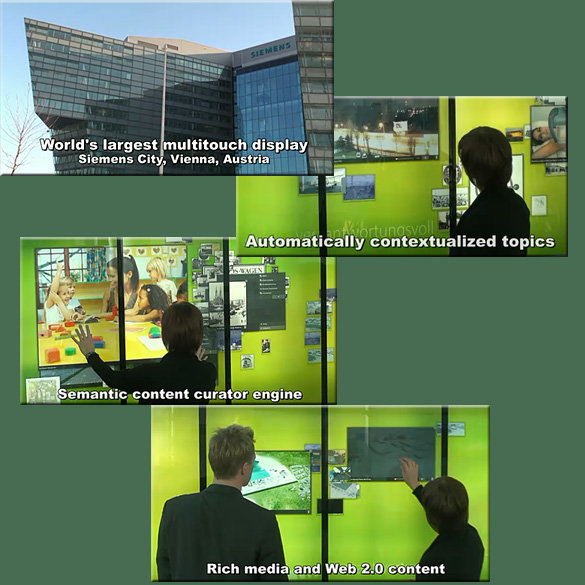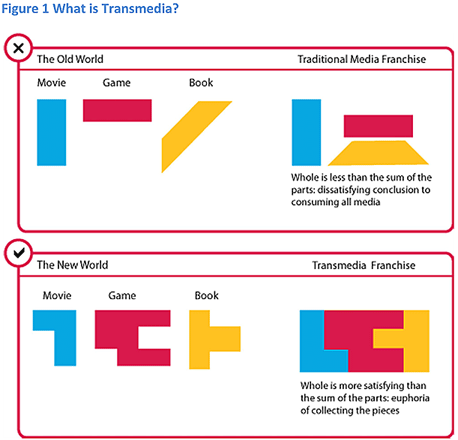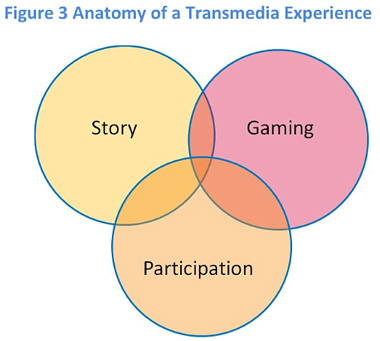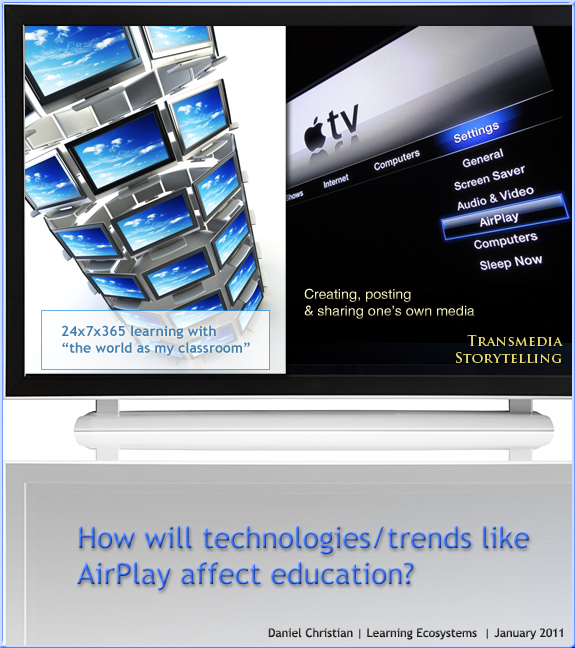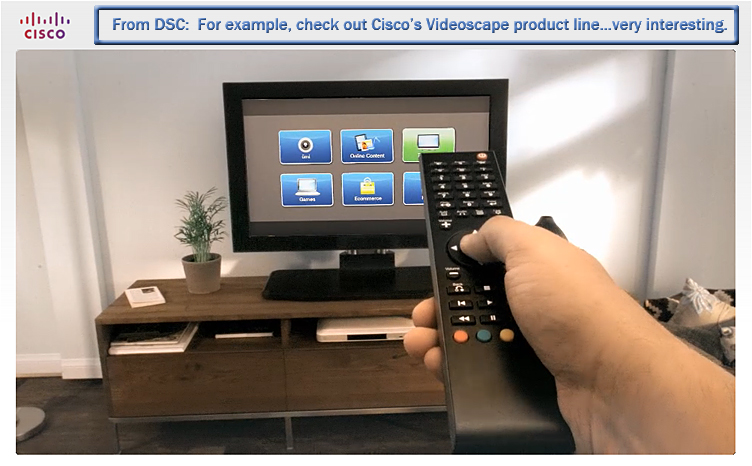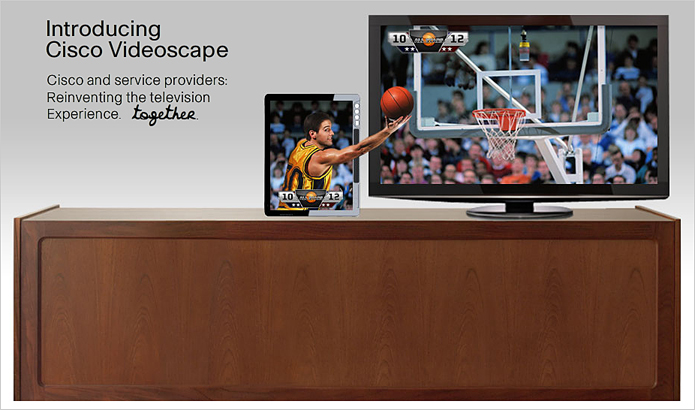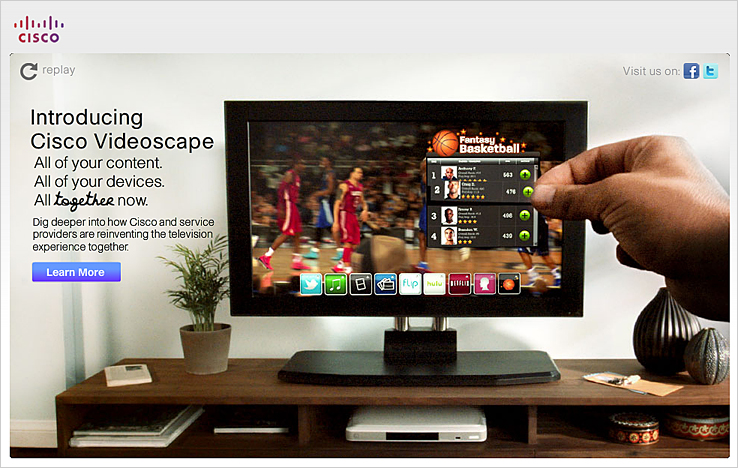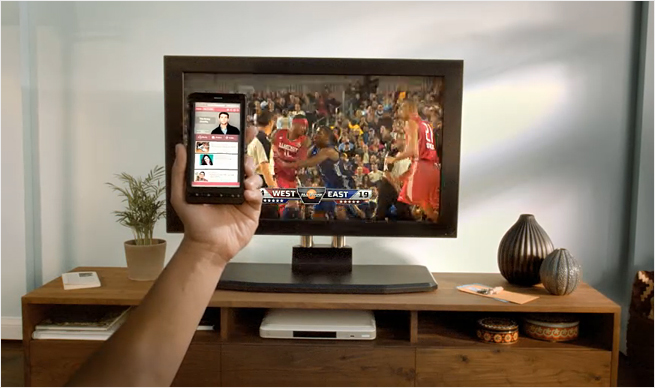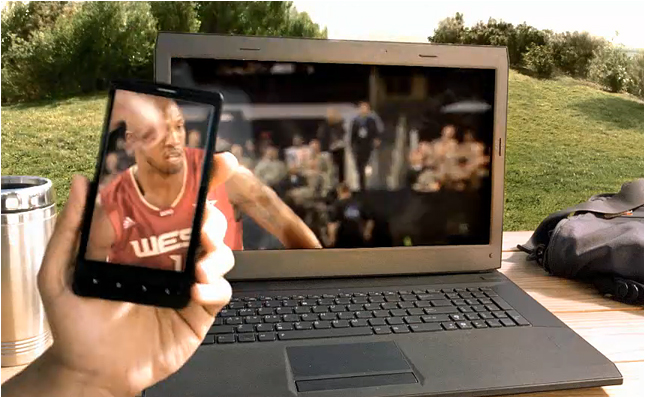The complete educator’s guide to using Skype effectively in the classroom — from The Edublogger by Sue Waters
From DSC:
A reflection upon 3 Trends in Idea Management – from ReadWriteWeb.com by Klint Findley
Excerpt:
Idea management software seeks two “holy grails” of enterprise collaboration technology: 1) innovation and 2) the breaking down of silos.
If such software and systems could breakdown silos — and if the culture of one’s organization could support it — this type of endeavor could be hugely important in catapulting an organization ahead of other organizations within its industry.
Many of us can look back in our careers where we have had solid ideas that we tried to get adopted or pursued. However, such ideas may have made it up a layer or two in one’s job family/ladder — but then the idea was halted. Thus, those ideas are never heard by others in different departments/parts of the organization — people that might have seen an application for the idea and might have pursued it. Or perhaps, other people who might have built upon/modified the idea to produce something even more useful to the organization. Far too often the people on “the front lines” within an organization do not talk to each other enough.
A related line of questioning:
- Could such systems be made available to students? Prospective students?
- Would there be value in that? (That is, what classes would students like to see…what topics would they like to learn about…what ideas do they have for teaching topic ABC.)
From Spigit.com
Overview:
Higher education around the country has not been immune to economic decline over the last few years, and the education industry all over has been looking for new ways to help solve their problems. There will always be a place for education, as there will be for improving it, and improving the way it is implemented. Improvements in student-faculty collaboration are a necessity now more than ever, as many educators, students, and administrators have learned.
Challenge:
With nearly 70,000 faculty, staff and undergraduate students, the president of the University of Texas at Austin expressed the desire to better connect people and increase collaboration between departments. The need for a centralized and focused platform to discuss ideas and improvements that would advance the university’s mission was a top priority for the school.
Solution:
By implementing Spigit’s idea management platform, UT is able to gather ideas from students and staff and collaborate on ways to improve the school and further the university’s mission. This centralized platform has increased engagement, stimulated participation and facilitated creative problem solving in the Education Industry. Due to the overwhelming success with faculty and staff, University of Texas has now created another community for students and alumni, totaling nearly 500,000 people.
Also see:
- Collaboration in the Era of Crowdsourcing — from cmswire.com by Hutch Carpenter
SENSUS and Open Exhibits – Easy Sharing Between Tables, Tablets & Phones — from ideum.com by Jim Spadaccini
.
The concept is simple:
Make networking and sharing transparent across
multitouch devices and operating systems.
.
From DSC:
Even more powerful if such a file could be quickly sent/shared with a remote classroom/student!
.
.
See also:
- http://multitouch.fi/2011/02/01/worlds-largest-public-multitouch-display-for-siemens/
- http://multitouch.fi/case-studies/huge-corporate-branding-lobby-display/
From DSC:
I’ll wager that in the future, this is the type of “wall” that will be in many classrooms. Students will be able to hold up their devices to send their files to it…then interact with the various programs/files on the displays. Such a “wall” will read/process QR codes as well.
Getting Started with Transmedia Storytelling — Robert Pratten
.
.
.
From & also see:
Getting Started with Transmedia Storytelling — from TransmediaStoryteller.com









